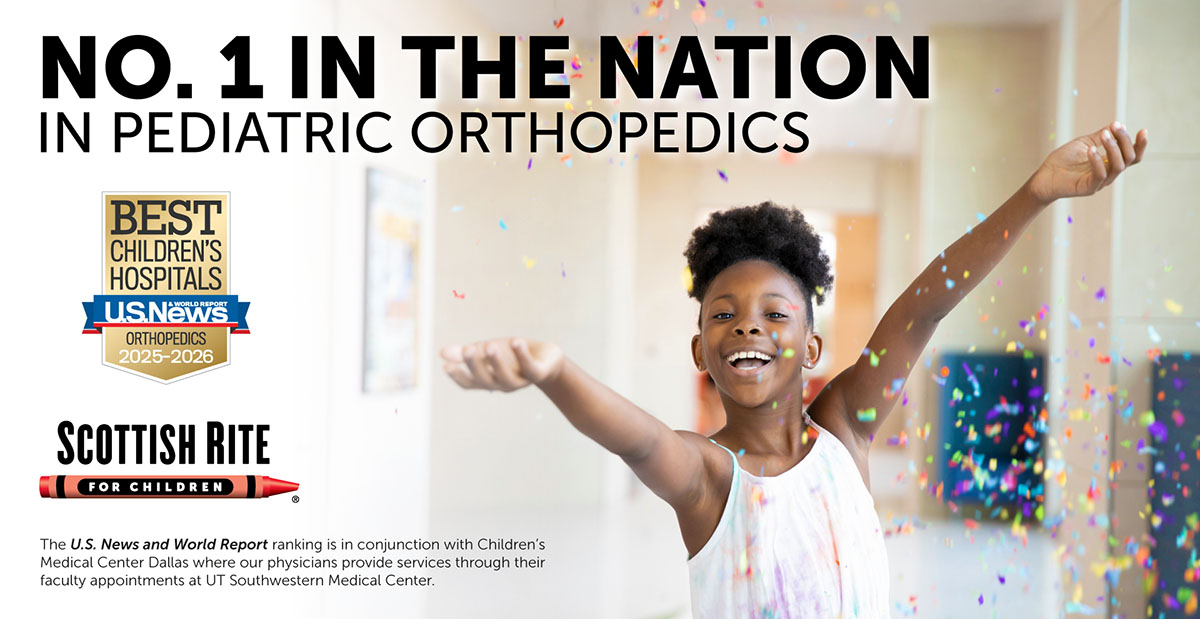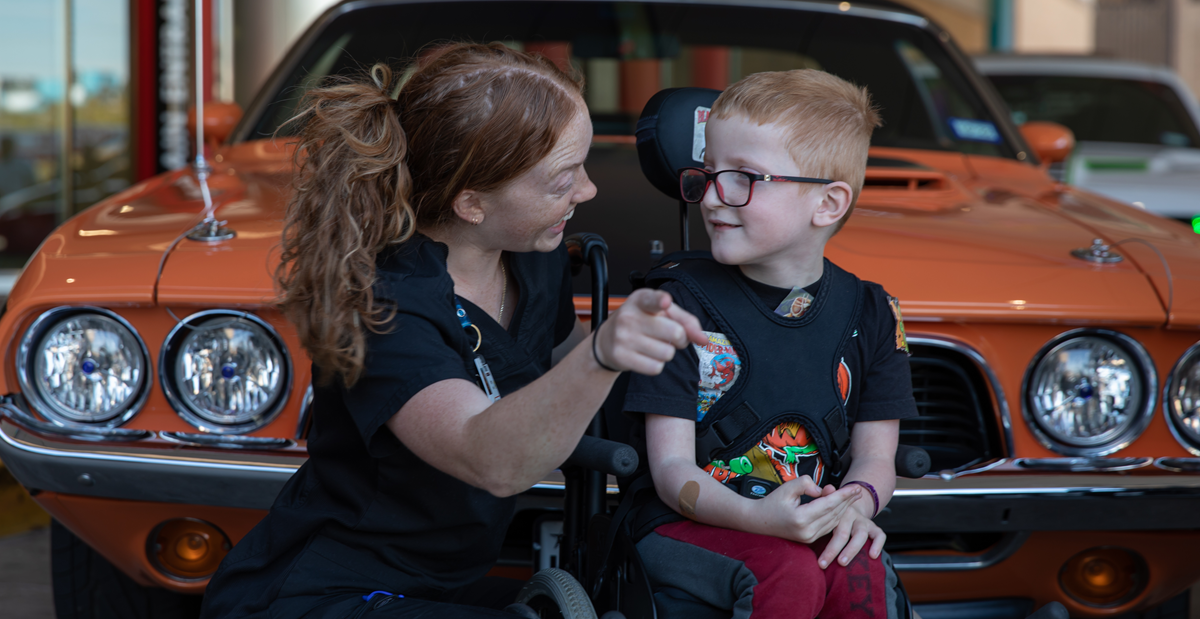Often buried in a long to-do list, the sports pre-participation evaluation (PPE) is something that deserves our full attention. The intent of the annual, required physical is to address concerns before they are a surprise in an athletic environment. Some screening is designed to pick up more concerning issues than others, but an effective evaluation has the potential to protect a young athlete’s playing time and set them up for optimal performance.
Sports medicine physician Jacob C. Jones, M.D., RMSK, says, “It’s really not meant to be about the permission to participate, it’s meant to reduce the risk of emergencies. When implemented properly, the PPE is effective at identifying the most critical issues.” Jones describes the value of the PPE that helps the athlete on and off the field.
Annual Visit with the Primary Care Provider
Some young athletes may only see their primary care provider for this required activity. This gives the provider an opportunity to address issues beyond safe sports participation, such as developmental and mental health screening, wellness guidance, and education on age-specific topics like menstruation and substance abuse.
Awareness of Family Medical History
A family history of cardiac issues, diabetes, sickle cell trait and other conditions may not be discussed in families if not prompted by a screening tool like the PPE. Improved awareness of family history can help individuals and families make positive changes to reduce the risks of modifiable conditions. Learn how to discuss your family’s medical history before a PPE.
Reduced Time Out of Sport for Injuries
The musculoskeletal screening portion of the PPE is a quick assessment of the strength and function of the trunk, arms, and legs. Any complaints of pain, especially activity-related pain, should be addressed before the season begins. Many conditions, especially overuse injuries, will have better outcomes if they are recognized and treated early. Proper counseling for injury management and tailored rest will reduce the risk of these problems. Learn more about common overuse injuries.
General Wellness Education
Athletes are at a high risk of missing the mark with nutrition, either due to unrealistic goals for aesthetic sports such as dancing or gymnastics or unintentionally not meeting their nutritional needs for training and competition. The PPE looks for patterns of injuries or other signs that an athlete may be underfueling. Learn more about underfueling.
Learn more about pediatric sports medicine.














